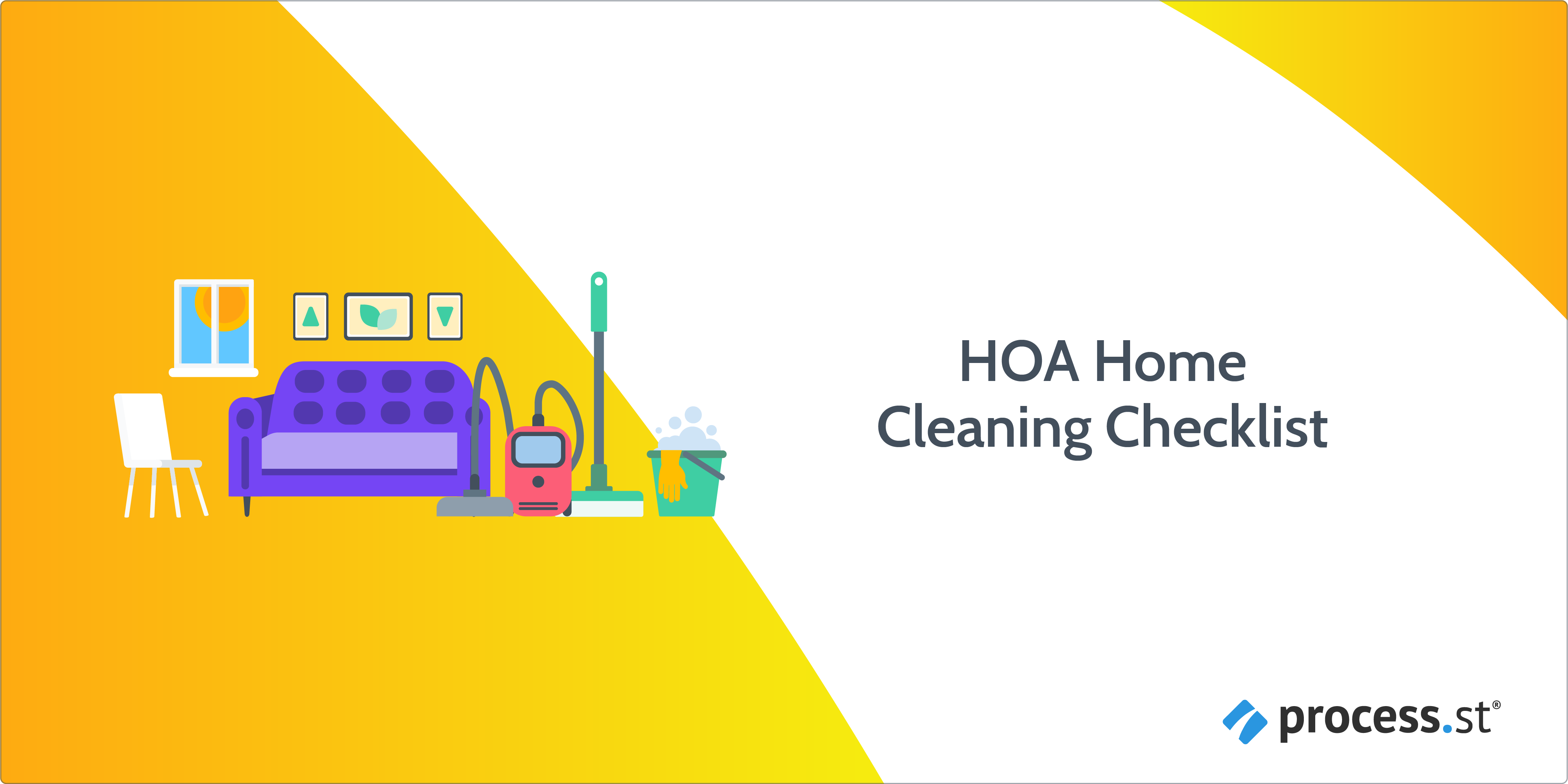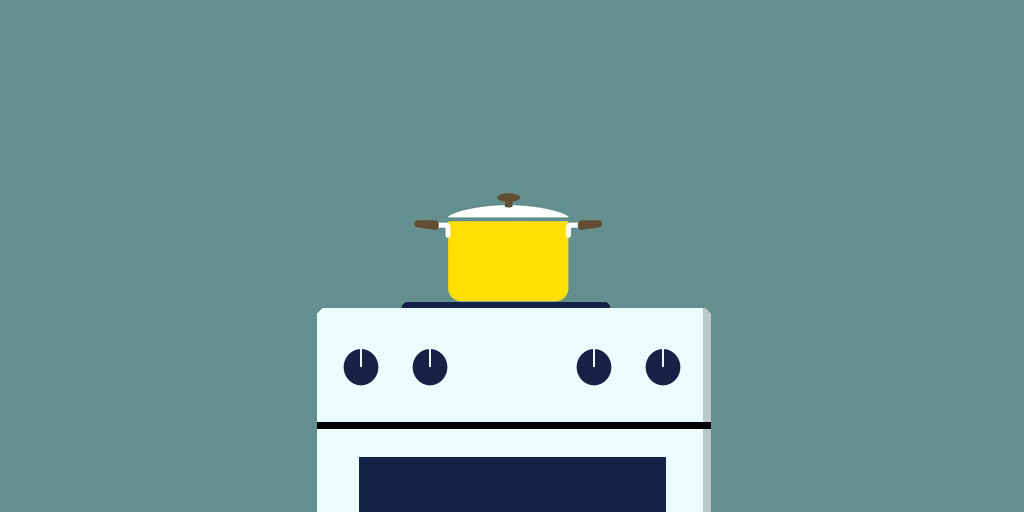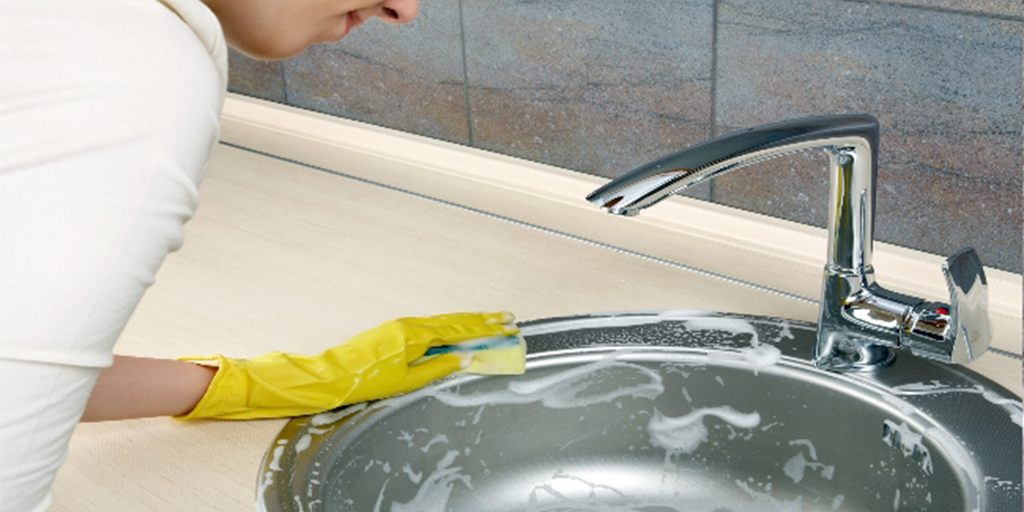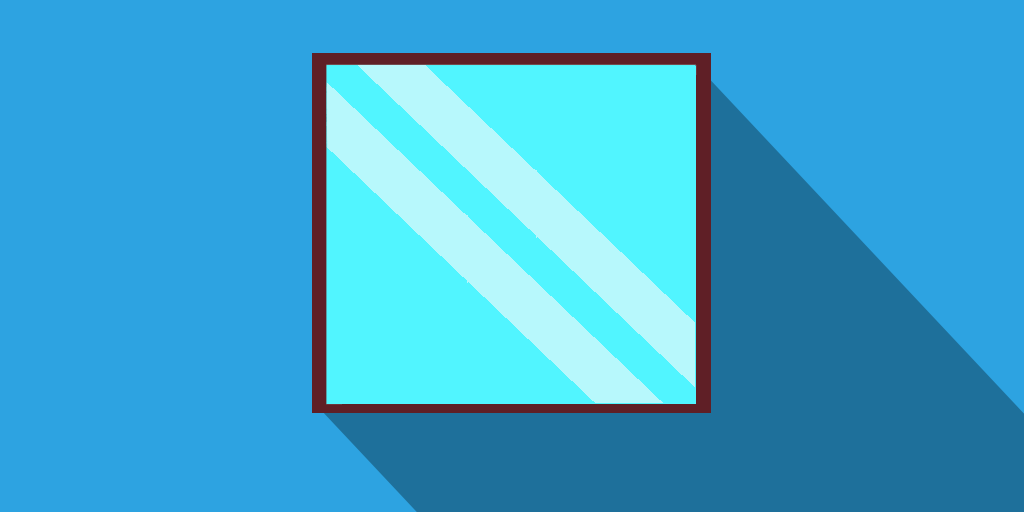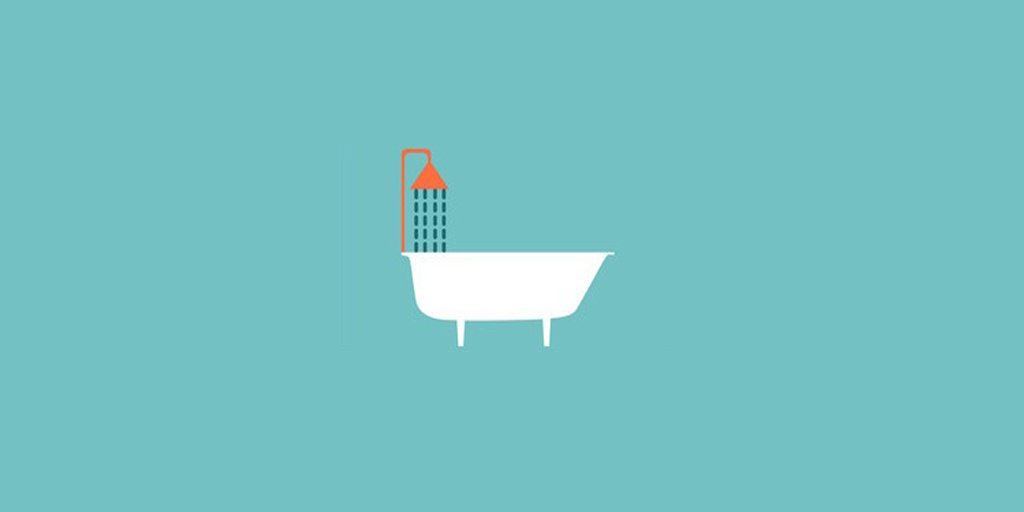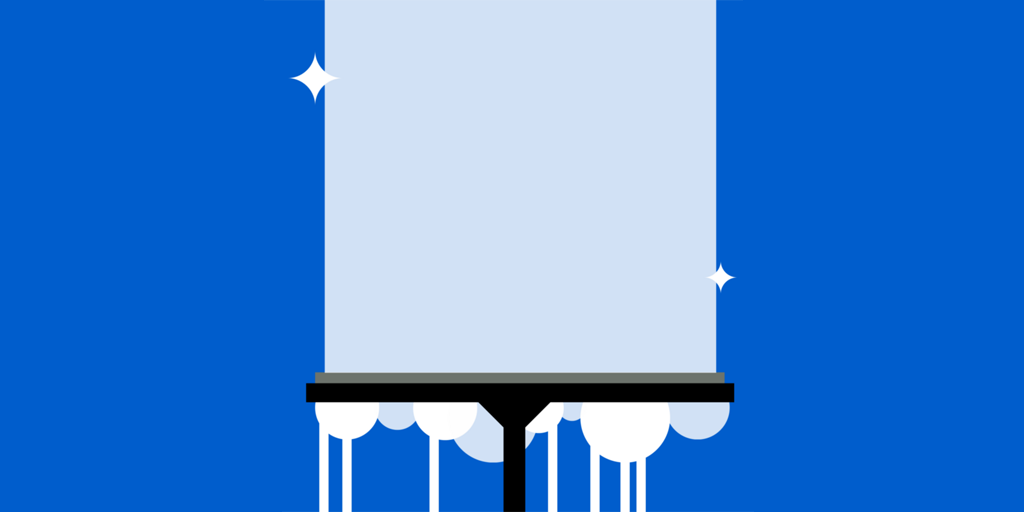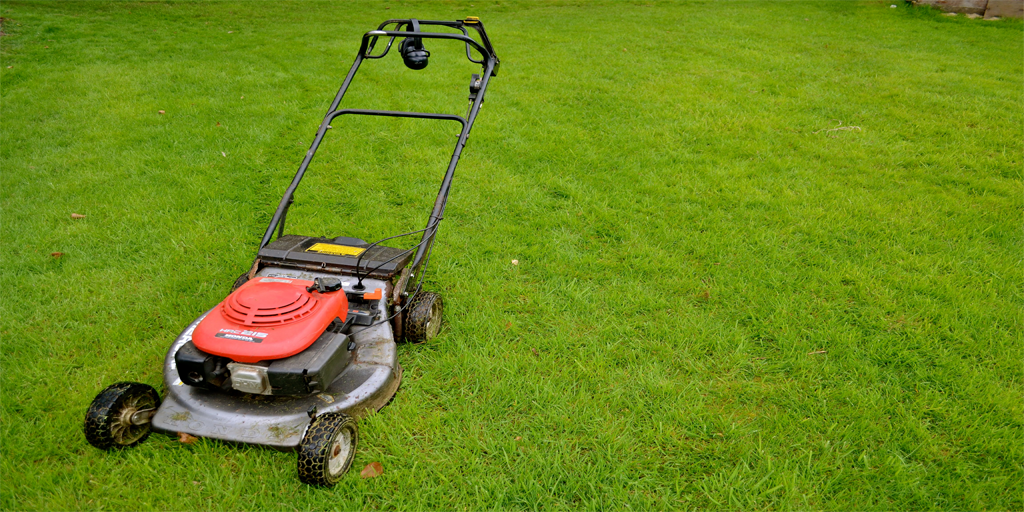Cleaning a property is of course not a unique responsibility of an HOA, but could be considered more important than other residential areas because the board has a responsibility to ensure all properties are being kept in good condition.
This simple HOA Home Cleaning Checklist is designed to be provided to homeowners by the HOA board, as an easy process for them to follow when performing a deep clean of their property.
We recommend that this checklist is completed by each homeowner once a month. By doing so, the HOA will be able to clearly see if homeowners are doing their part to maintain the condition of the property they are living in.
A little info about Process Street
Process Street is superpowered checklists. By using our software to document your processes, you are instantly creating an actionable workflow in which tasks can be assigned to team members, automated, and monitored in real-time to ensure they are being executed as intended, each and every time.
The point is to minimize human error, increase accountability, and provide employees with all of the tools and information necessary to complete their tasks as effectively as possible.

